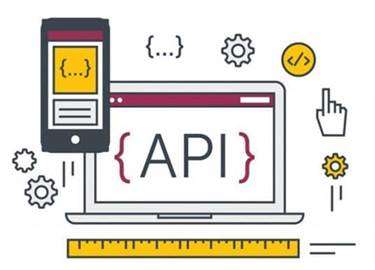However, in some instances, choosing the right CI/CD pipeline tool can be quite challenging. This article explores the best CI/CD tools for DevOps and their core features to help you make the right choice. Whenever there is a code change, AWS CodePipeline automates the build, test, and deploy portions of the release process based on the established release model. This makes it possible to offer features and upgrades quickly and effectively.
- GitLab CI helps developers turn ideas into production by finding potential improvements to their development processes.
- CI/CD begins with Continuous Integration, which is the process of merging new code changes from multiple developers into a shared repository.
- Even open source tools that run on the company’s infrastructure accrue costs such as setup and support.
- The dashboard can even track all the locations a particular artifact is deployed across the entire organization.
- The tool comes bundled with a dashboard that provides a report on the current build progress, provides a drill down on the detail and history of any given project or configuration.
It is hosted on GitLab.com, a free hosted service and it provides detailed git repository management with features like access control, issue tracking, code reviews, and much more. Azure CI CD is used to build and release pipelines for specified projects along with Azure Repos which can be used to maintain a central repository. The developed project can be deployed to multiple target environments, including virtual machines, containers, or any cloud platform.
❓ What are the CI/CD Tools?
For these purposes, you can use mabl, SauceLabs, Zephyr, Selenium, Appium, Jest, or various plugins from all-in-one CI/CD pipeline solutions. After the automated testing and overall Continuous Integration process, we need to ensure the deployment of changed code. When considering what continuous delivery tools https://globalcloudteam.com/ to use in your software build process, think about scope and cost. What do you need your tools to do for you, and how much are you willing to pay for that functionality? Once these questions have definitive answers, you can compare different tools to find the right ones for your particular use case.
Additionally, hand-offs from one stage to the next are fully automated up to the completion of the testing stage, so developers don’t have to run the same monotonous test scripts every day. The pre-release chaos of developers trying to check in their incompatible versions is averted, since the code has already been merged and checked. This improves team morale, reduces stress, and allows developers to spend less time on debugging and more time on adding features.
CI/CD Tools
Sometimes, even all-in-one solutions can be combined with other tools for specific stages. So, we already have a source code and the architecture, that allows automated replacement of an outdated code with the new one. However, if we are aiming to create a standalone pipeline, that will be able to work independently, we need to ensure it can test the updated code samples. The purpose of using CI/CD tools is to simplify your error-detection process.

To better understand how to choose the best tool for you, see the section on evaluating CI/CD tools below. Continuous integration platforms have default answers to these questions and most allow configuration and setup. In fact, most modern DevOps tools developers are trying to make these tools an all-in-one solution, because it’s easier and more comfortable.
Best CI/CD Tools for DevOps: A Review of the Top 10
With multiple ways to reuse settings and the option to run history builds, TeamCity can help significantly increase project efficiency. TeamCity by JetBrains is a commercial, Java-based build management, and continuous integration server. Its features include VCS interoperability, build history, code quality tracking and user management.

Integrity is a simple Ruby-built CI server that builds, tests, and verifies your code as soon as you publish new commits. The settings are easy to navigate and simple enough for teams of all sizes to https://globalcloudteam.com/top-7-continuous-integration-tools/ get up and running. Hudson CI is written in Java based on servlet containers such as Tomcat and GlassFish. Hudson seamlessly supports your favorite SCM tools, the likes of Git, CVS and Subversion.
Browse by solution
Yet, we have to admit, that most likely, the DevOps team cannot track and fix all occurred issues, no matter how big or experienced it is. Also, some potential errors may be seen only on the final user side. So, to cover this possibility as well, it is important to let users send Feedback, and analyze the problems they have faced, as well as the overall customer experience.
